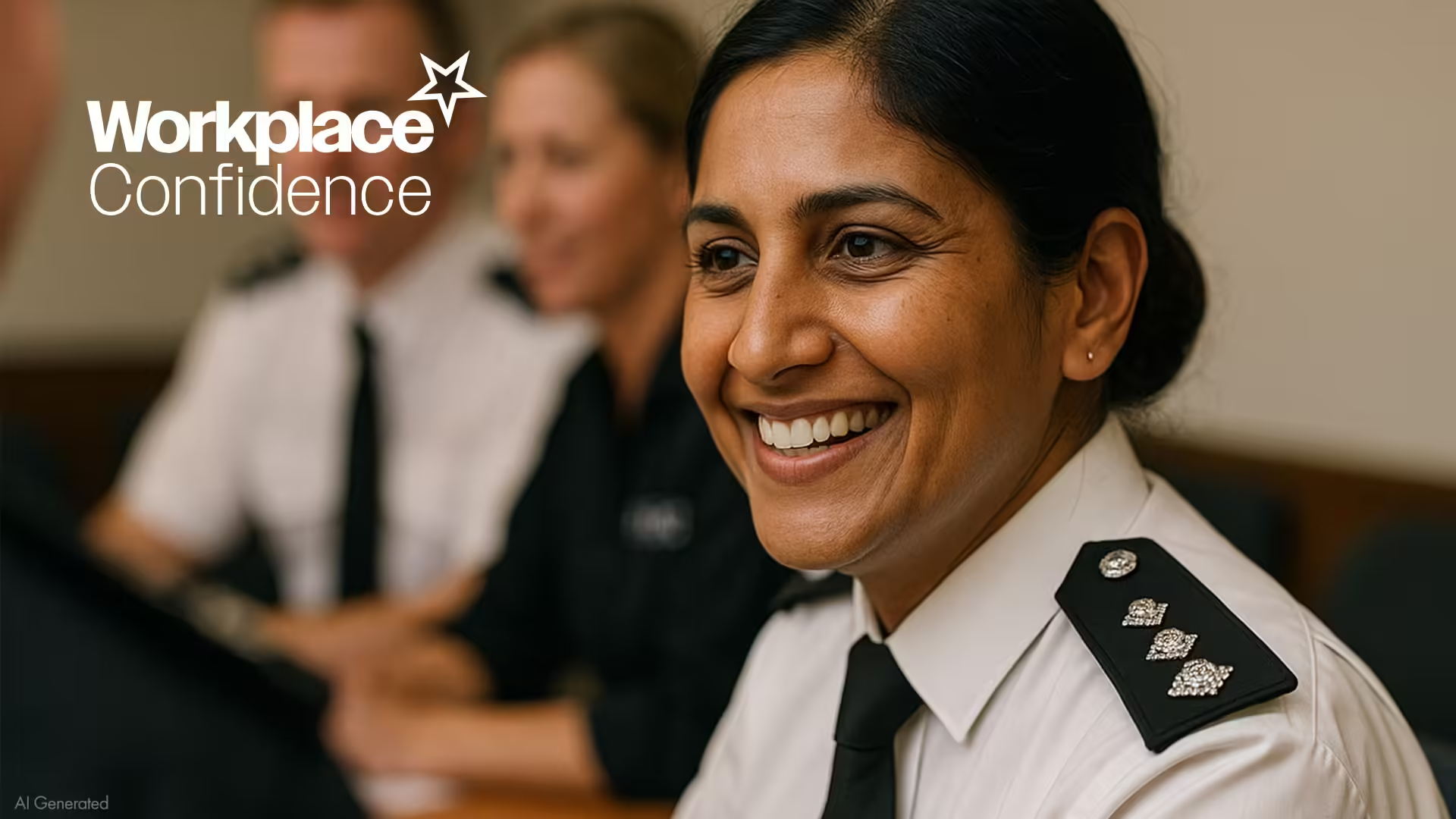
How to interrupt like a pro
How to interrupt like a pro. This time, I'm sharing insights on a slightly less celebrated but incredibly useful skill - interrupting!
Far from being a breach of etiquette, having colleagues who know how to interrupt appropriately is essential.
Confidently interrupting (and accepting interruptions) without causing offence saves time and enhances collaboration and productivity.
The art of interrupting
Interrupting isn't about cutting people off - it's about steering a conversation constructively. Instead of the awkward 'um' or 'excuse me,' opt for confident and clear interjections.
A well-timed "Thank you for that insight, let's hold on to that thought and move on," can seamlessly shift the discussion without dampening the speaker's spirit.
Listen to my advice in this 10-minute podcast: The joy of interrupting.

Bit Famous works with businesses and organisations to help them communicate with confidence.
By Penny Haslam
MD and Founder - Bit Famous
FREE resources for leaders and people professionals from Penny Haslam and Bit Famous
Where people professionals share the great work they do!

How can mastering the art of interruption improve your meetings?
Imagine running a meeting where time is respected, every voice is heard, and every point is succinct. That's the power of mastering the art of interruption!
- Balanced participation from all attendees
- Keep discussions focused and on schedule
- Enhance decision-making by preventing digressions
- Build your reputation as a decisive and fair host or moderator
- Foster a more dynamic and engaging meeting environment
My top-tops for interrupting - Share these with your team
Don’t just take my word for in - try these techniques in your next meeting or panel discussion. Notice the difference in how discussions flow and how participants respond to being guided firmly but politely.
- Don't apologise for interrupting: If you're leading a meeting or a panel, remember, it's part of your job to keep things moving. No need to say sorry for doing what's necessary to keep the agenda on track.
- Be assertive and confident: When the moment comes to step in, be confident about it. You're not being rude, you're being efficient, and there's a big difference. Just keep it professional.
- Use clear, direct statements: Phrases like "We have to leave it there for now" or "Let's move on to the next topic" are your best friends. They're polite but firm, and they do the job of guiding the conversation without unnecessary fuss.
- Employ nonverbal cues: Sometimes, you don't even need to say anything. A well-timed nod or a raised palm can send a clear signal that it's time to wrap things up.
- Handle personal interruptions politely: If someone cuts you off, keep your cool. A simple "Could I just finish my point?" can reclaim your space without escalating the situation.
- Responding to repetition: If someone's going around in circles, it's okay to jump in with an "I hear you, but let's add another perspective into the mix."
- Set an example: Nobody's perfect, and if you catch yourself interrupting at the wrong moment, own up to it. A quick apology can smooth over any ruffled feathers and show you're as respectful as you expect others to be.
- Learn from experienced broadcasters: Tune into some speech radio or a TV debate. Notice how the pros manage their airtime and interactions, especially when under tight time constraints. It's a skill worth developing!













